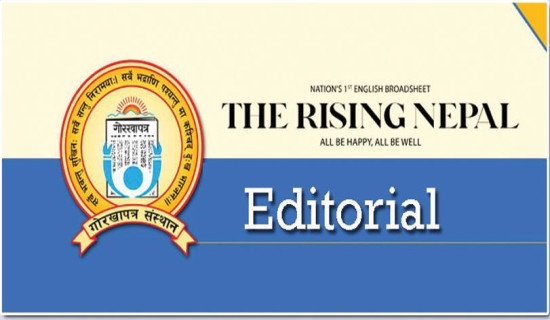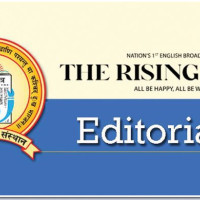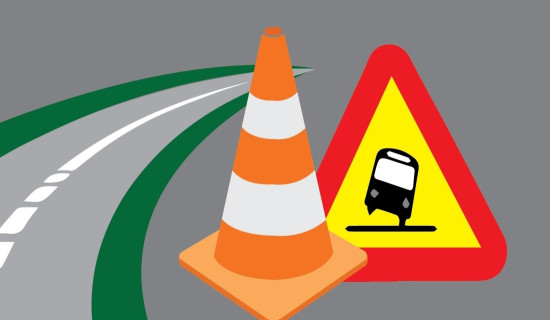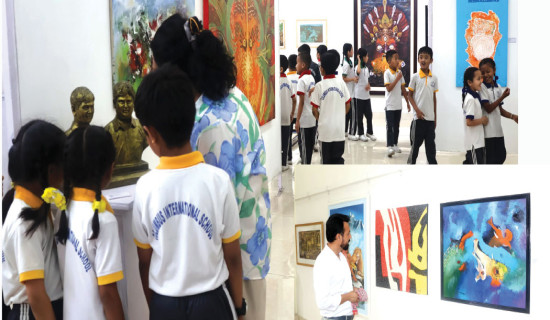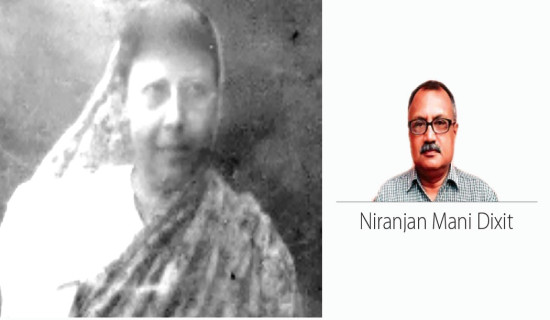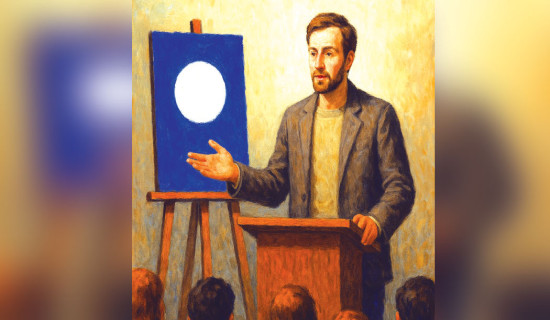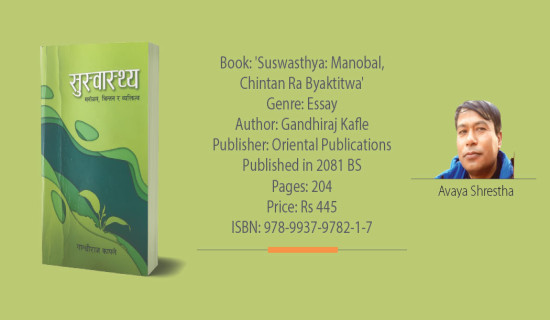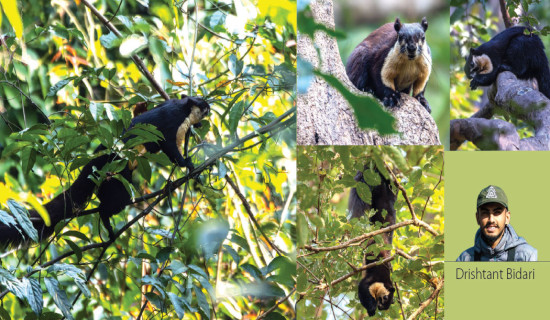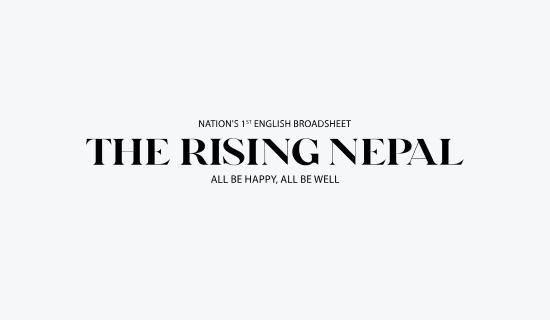- Friday, 27 June 2025
Monument Restoration
Rapid urbanisation is the trend of modern society. People are migrating to cities so that they have easy access to basic amenities. This has naturally put pressure on the cities that are steeped in rich cultural heritage and historical monuments. The capital cities are known for their old forts, temples and buildings that demonstrate ancient art and architectural marvel. Now priority has been shifted to constructing big buildings such as business malls and residential apartments, and wide roads to facilitate the movement of people through a vast network of transportation system. This demands more land, which might give rise to the encroachment of the public land and property. Aggressive development and management deficiencies have threatened precious cultural heritages, which enable people to better understand the society while contributing to the growth of local communities and satisfaction of their spiritual needs. Thus, there lies humongous challenge to carry out sustainable urban development and protect the cultural heritage side by side.
The Kathmandu Valley is famous for its ancient culture, art and artefacts found in temples, shrines, stupas, sattals and resting places. Many of them are old and rickety, requiring their immediate renovation, repairing and maintenance. There are also encouraging initiatives to conserve them, with the assistance from the government, NGOs and donor agencies. According to a news report published in this daily on Wednesday, around 28 monuments, which were located along the Bagmati River corridor in Teku Dovan to Thapathali but damaged during the 2015 earthquake, have been reconstructed to their originals shape. The historical river-bank structures that included ghats, sattals, temples and shrines were built during the rule of Rana prime minister Janga Bahadur. The Bagmati River Basin Improvement Project-Additional Financing (BRBIP-AF) had launched campaign to restore the monuments in 2020, with financial support from the Asian Development Bank.
The BRBIP aims to improve the health of the river and manage flood within the Bagmati River Basin in line with the Bagmati Action Plan that envisions a clean, green and healthy Bagmati River that is full of life and vigour. As per this objective, it has reconstructed notable ghats. These include Teku-Dovan Ghat, Munshi Ghat, Panchanari Ghat, Pachali Ghat, Hanuman Ghat, Kali Ghat, Kaji Ghat, Puret Ghat, Juddha Ghat, Chandra Ghat, and Kal Mochan Ghat. These ghats along the corridor provide cultural and historical richness in the locality. They were built with the objective of providing places for cremation and rest. Some of them even served as lodgings. Other reconstructed monuments include Karki Sattal, Manandhar Sattal, Shiva Temple, Munsi Ghat Sattal, Pujari Sattal, and Teen Dewal Temple Gateway to Bomkiteswar. Traditional methods and materials such as lime, sand, surkhi, molasses, and crushed black lentil were applied in reconstructing these monuments.
The renovated monuments have indeed enhanced the beauty of the holy river corridors. Many sattals have been decorated with carved wooden structures, with sculpted pillars, windows, balconies, doors and architectural adornments like struts and tympanum. Undoubtedly, the restored monuments have increased the prospects for tourism and income generation for the local people. However, the concerned authorities are worried about their proper management. Some structures have already been handed over to guthis but there are significant number of monuments that need to be handed over to certain agencies to take care of. The Kathmandu Metropolitan City is the appropriate body for their operational management as they fall into its territory.



